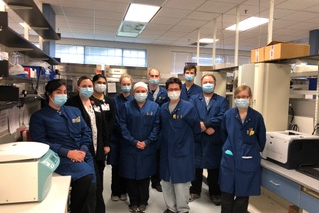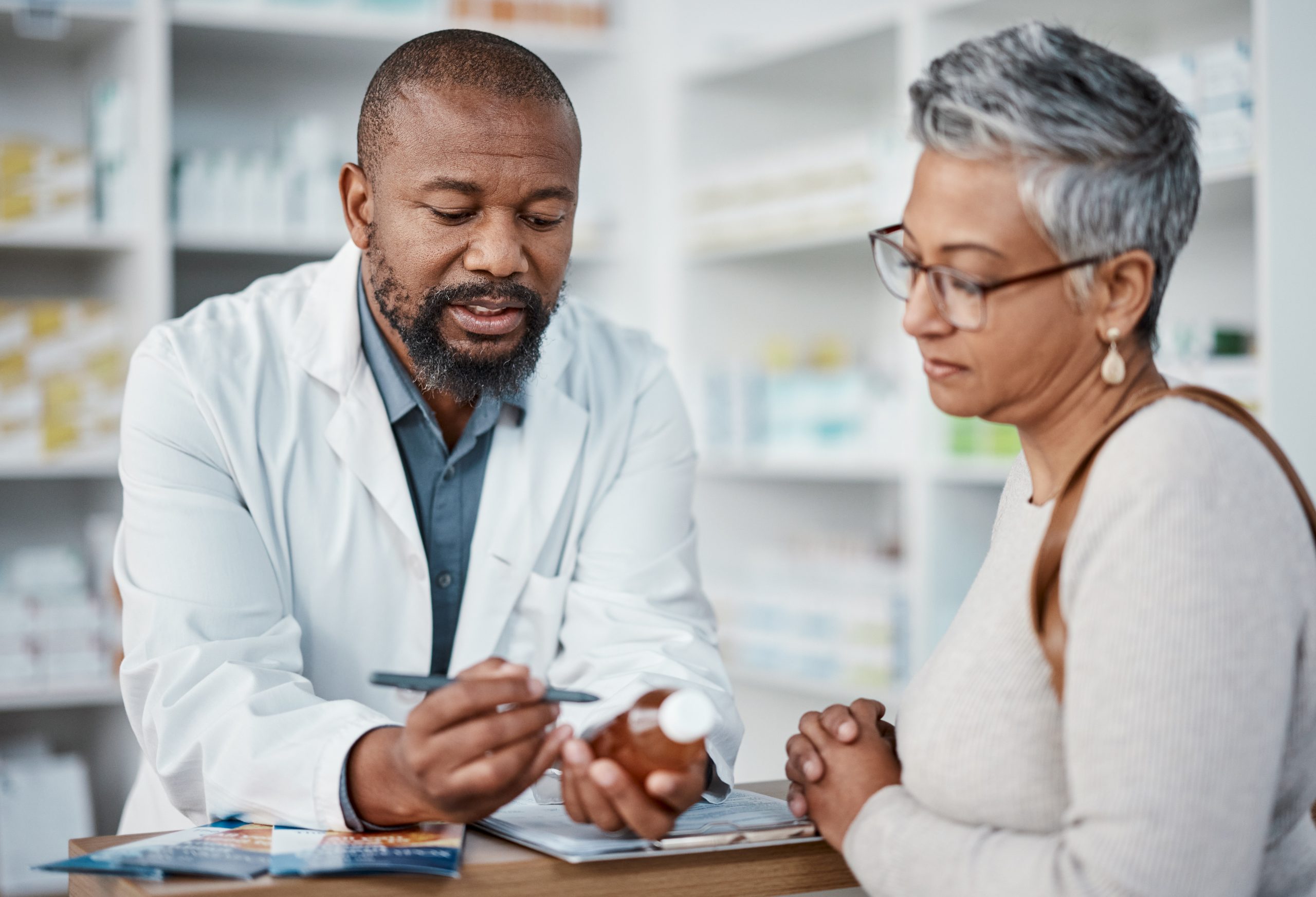Since the start of the COVID-19 pandemic, those working in medical laboratories have garnered much more attention than usual. Many graduates of the Department of Allied Health Sciences (AHS) Medical Laboratory Sciences (MLS) program have found themselves in the middle of the pandemic, working as key members of healthcare teams fighting this novel virus.
“One of the courses I teach is infectious diseases, where we cover pandemics, including the influenza pandemic of 1918,” says Rosanne Lipcius, director of the MLS Program. “COVID-19 brings to light the reality of working during a pandemic.”
“Laboratory professionals are the unsung heroes because everything they do is behind the scenes,” says Bruce Blanchard, assistant clinical professor in AHS. “Many of our graduates are working at healthcare organizations across the state.”
“COVID has changed the dynamics by bringing a spotlight to the laboratory sciences,” says Amity Roberts, Hartford HealthCare microbiology laboratory director. “We’ve had to shift and bring on different assays and devote energy to COVID to meet the demand. Without the lab diagnosis process, we would not be able to effectively manage patient medical care.” At the Hartford Hospital microbiology lab, which serves as an internship site for MLS students, fifteen out of thirty employees are UConn graduates, and of those, two are supervisors and four are lead technologists.
“UConn has done an excellent job preparing students,” says Pamela Hamilton, Hartford Healthcare microbiology laboratory manager. “Out of all the schools that we’ve affiliated with, they are the best prepared students. We are thrilled to hire UConn students and would encourage UConn students to apply.”
MLS students begin their spring semester early to allow for additional clinical rotations. When the university shut down in March, students were required to leave the hospital and finish their studies through online learning, although three students were hired by Hartford Hospital as laboratory employees while they completed their coursework.
Says Jared Bedard, “I would say that being a UConn MLS student who is working in a clinical microbiology lab during the COVID pandemic has been a unique challenge for myself and the laboratory that I work at. The microbiology lab tests hundreds of patients for COVID each day in addition to the normal workload of bacteriology, mycology, virology, and other areas. The microbiology laboratory still functions to detect pathogens such as MRSA, Borrelia burgdorferi, and many more than I could list. The lab is an exciting and challenging place to work, and I feel that my instructors and clinical rotations did an excellent job preparing me to thrive in it.”
“During this pandemic, our primary COVID focus has been molecular testing to diagnose COVID-19,” says Roberts. “In terms of the antibody testing, the majority of our tests are for Hartford HealthCare employees, as part of a study we are conducting to determine prevalence within our system. As the process goes along the data should be fascinating.”
“Throughout Hartford Healthcare system we have morning meetings to go over our daily playbook,” Hamilton explains. “With COVID, things change day-by-day or even hour-by-hour.”
Hamilton also points to safety procedures essential to laboratory workers. “In recent years, the microbiology field has focused on biosafety risk assessment for every procedure we do, and with COVID it has become more important than ever. It’s been amazing to me how our staff has paid so much attention to safety, making sure there is no cross contamination and that everyone is safe. Some of the procedures we perform involve organisms that are very infectious. It’s been a challenge in getting appropriate PPE, but our staff has met this challenge to make sure their processes and coworkers are safe.”
Laboratory technologists deal with hundreds of manual and automated tests on a daily basis, all tracked through bar codes, with results checked and verified as they are analyzed. Their work is essential to patient care, and Lipcius is careful to remind students of the real-life patients behind those tests. She says, “Even though our students are working in a laboratory and do not have patient contact, we drum into them to always remember that every lab sample represents a person. Someone’s mother or child.”
“During this crisis, students have seen changes in the lab, but adaptation is one of the skills that is taught,” says Blanchard. “Our students are trained to step right in and help out because they have the skills necessary to make those adjustments and get the job done.”
The COVID pandemic also highlights the extreme shortage of medical laboratory scientists in a field where students are almost guaranteed a job upon graduation.
“We graduate fifteen to twenty students a year, and we cannot keep up with the demand,” Blanchard notes. “Our students are usually offered jobs early in their final semester. Some of our clinical sites have over fifty vacancies.”
Agrees Hamilton, “There is a nationwide shortage of medical laboratory scientists at this time.”



